Top 15 Chocolate Box and Chocolate Bar Packaging Design Ideas
The right chocolate packaging is more than just a protective layer; it's a tool to elevate your brand and captivate your customers. Innovative packaging designs can make your products stand out in a crowded market, whether a small artisan chocolatier or a large-scale producer. Envision your chocolate not just as a treat but as an experience—an unwrapping journey that excites and delights.
Unique chocolate packaging serves a dual purpose: it safeguards the product and also acts as a canvas to express your brand's identity and values. Innovative packaging ideas are a strategic necessity in a market increasingly focused on sustainability and visual appeal. Discover how the right design can set your brand apart.
What is the Best Packaging for Chocolate?
Choosing the best packaging for chocolate involves several key factors. First, it’s essential to preserve the chocolate’s quality and freshness. High-quality packaging materials like foil, paper, and biodegradable options help protect the chocolate from moisture, light, and air, ensuring it remains in perfect condition.
Different materials offer unique benefits. Foil is excellent for providing a solid barrier against external elements. Paper packaging, especially waxed or coated paper, combines protection with a natural, rustic appeal. Biodegradable options cater to the growing demand for eco-friendly products, showcasing a commitment to sustainability.
Examples of high-quality chocolate packaging include artisanal chocolate wrapped in elegant foil and placed in beautifully designed boxes. These boxes protect the chocolate and add a luxurious touch, enhancing the overall customer experience.
Top 15 Chocolate Packaging Design Ideas
Minimalist Design, Clean Lines and Simple Typography: Minimalist packaging focuses on simplicity, using clean lines and straightforward fonts to create an elegant and modern look.

Vintage Aesthetic, Retro-Inspired Designs: Incorporating vintage elements like classic fonts, sepia tones, and old-fashioned illustrations can evoke nostalgia.

Luxury Packaging and High-End Materials and Finishes: Use gold foil, embossing, or velvet-touch finishes to convey luxury and exclusivity.

Eco-Friendly Packaging and Sustainable Materials: Use recycled paper, biodegradable plastics, or compostable packaging to attract eco-conscious consumers.
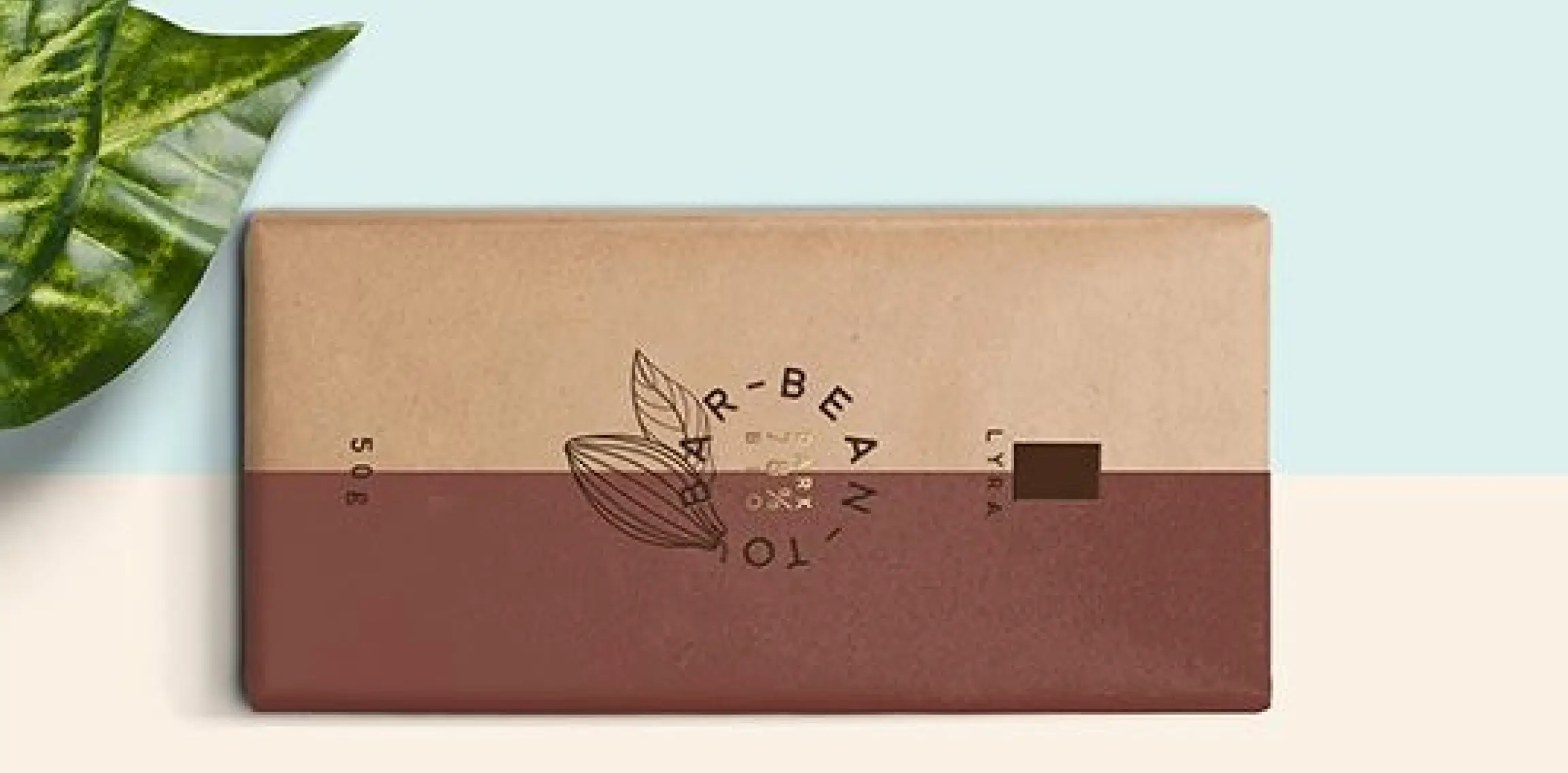
Personalised Packaging: Allow customers to personalise packaging for weddings, birthdays, or corporate gifts.
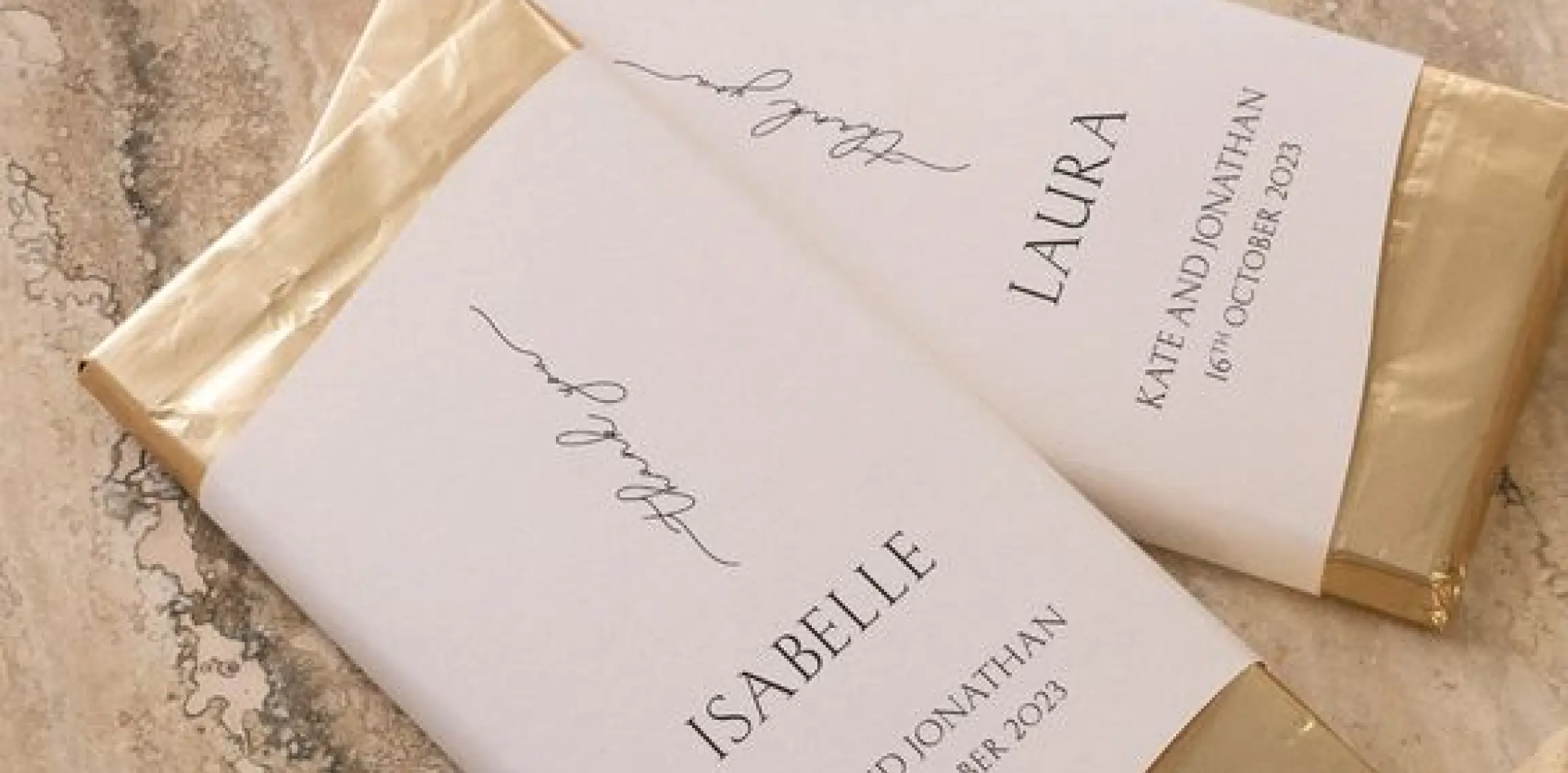
Bold and Bright Colours: Stand out with packaging that features bold, eye-catching colours.

Artistic Illustrations: Unique illustrations can tell a story and add an artisanal touch to the packaging.
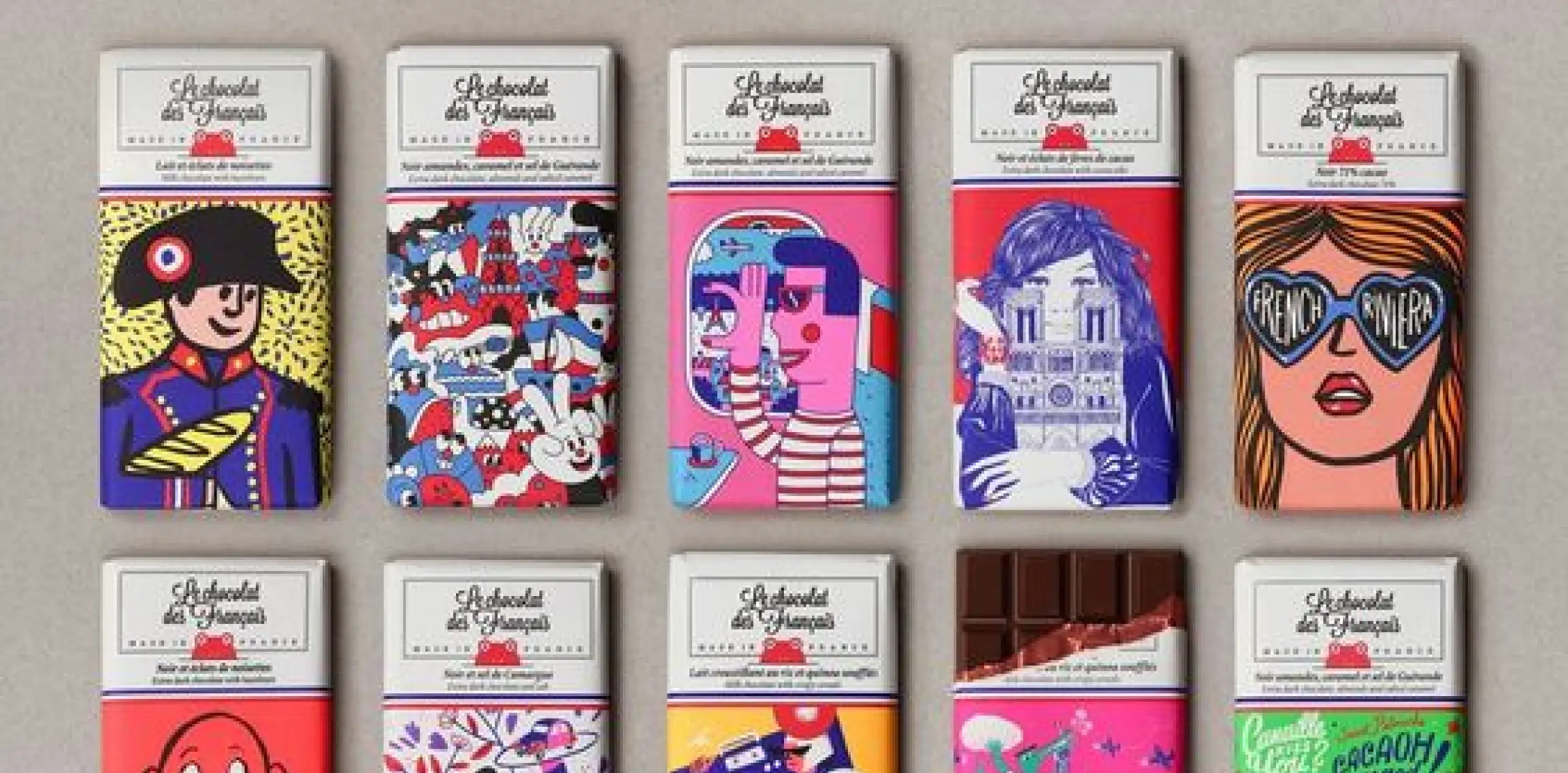
Innovative Shapes and Structures: Avoid traditional rectangular boxes and explore innovative shapes and structures.
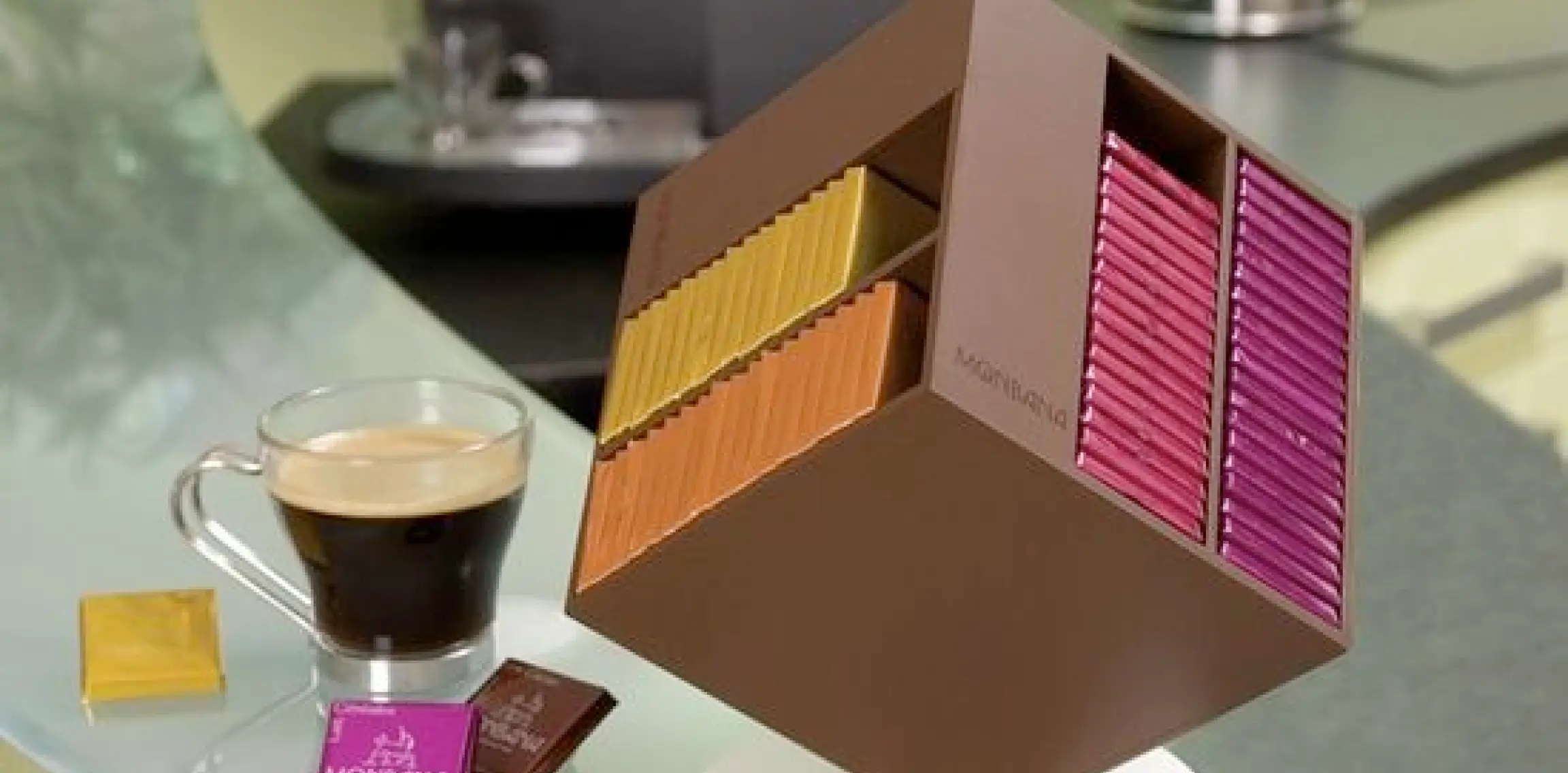
Transparent Packaging - Windows and Clear Materials: Use transparent elements to showcase the product inside.
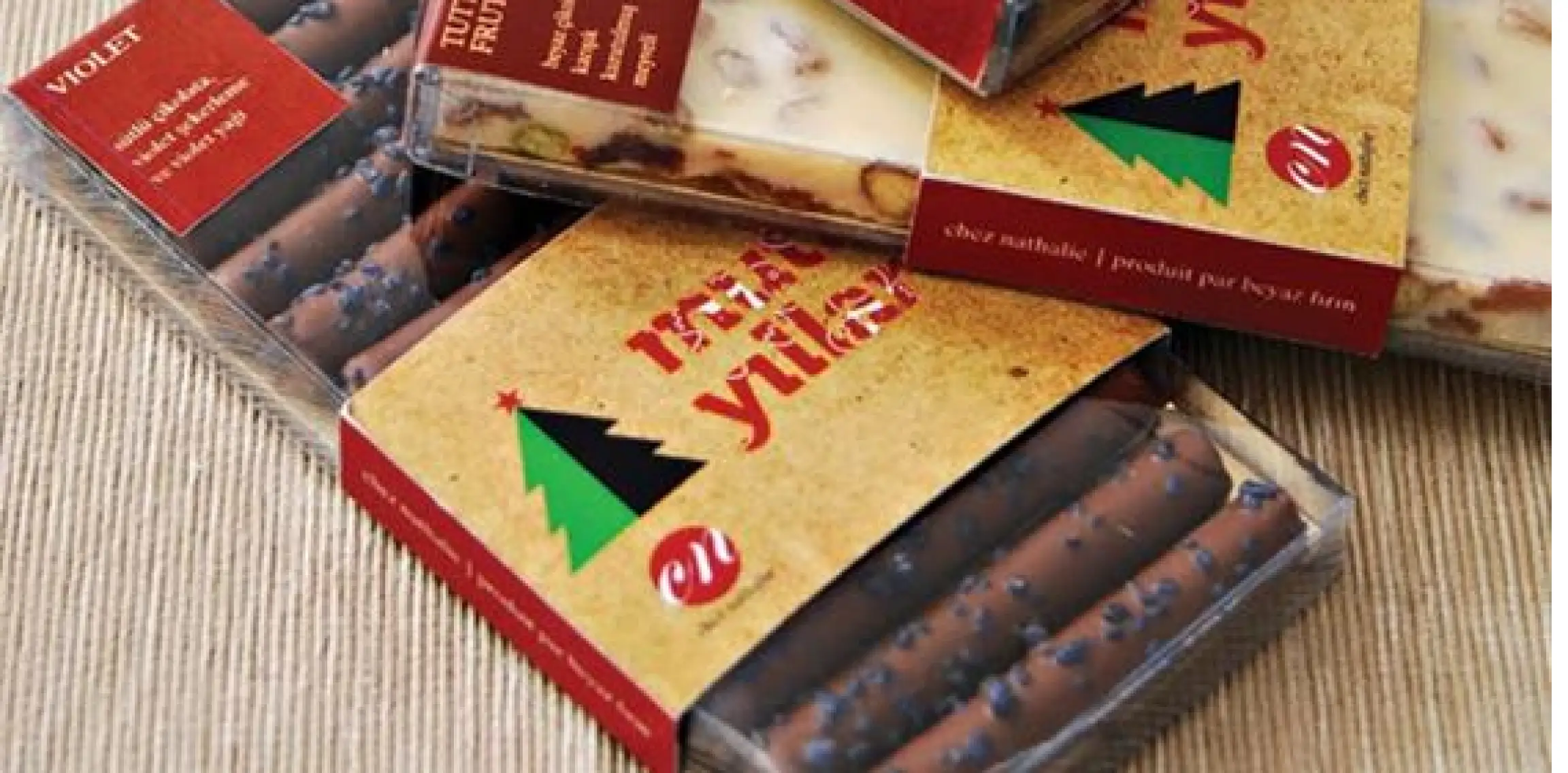
Cultural and Local Elements:Use designs that reflect local culture, art, or heritage.
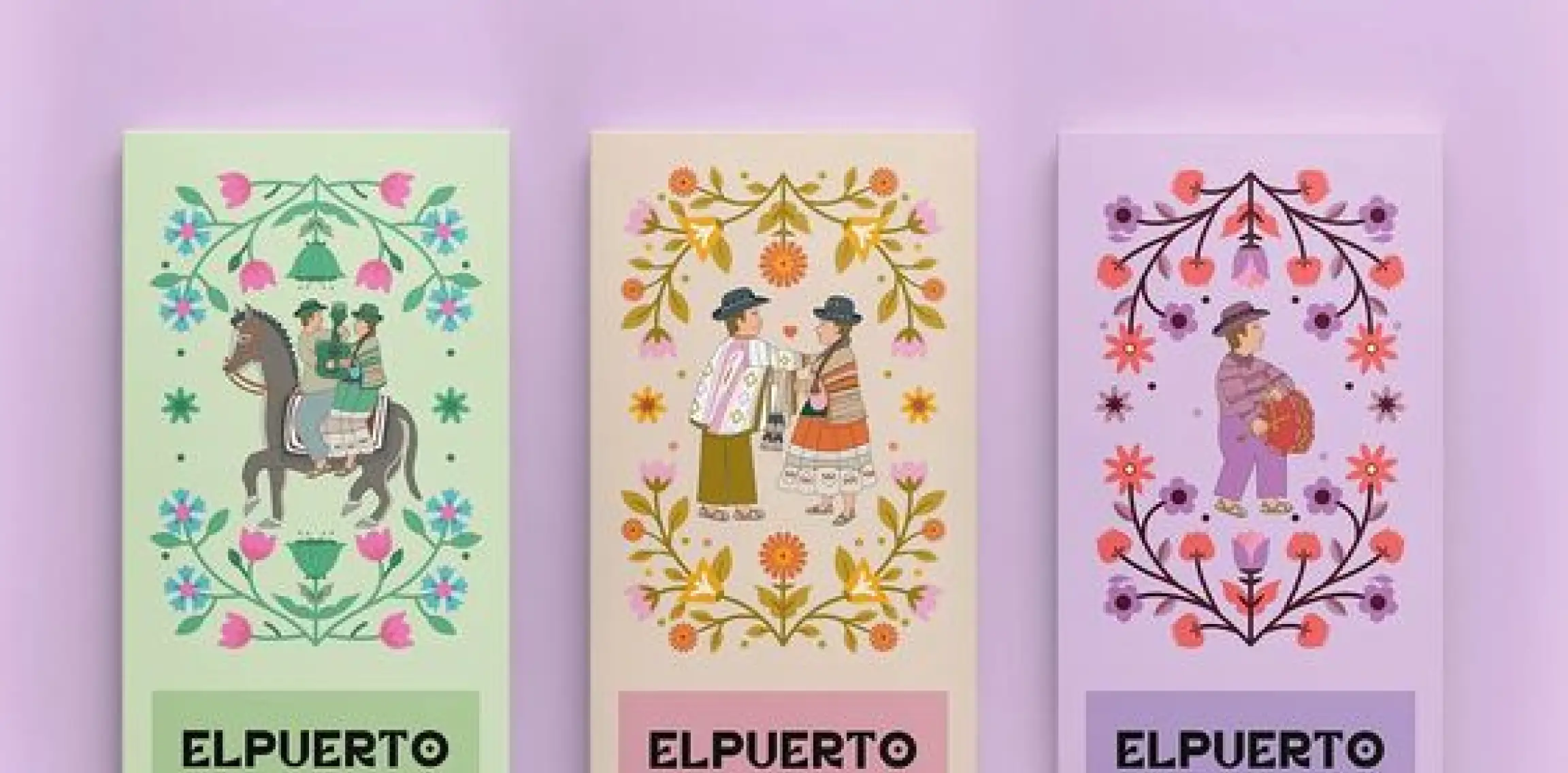
Functional and Reusable Packaging:Create packaging that can be reused or repurposed.
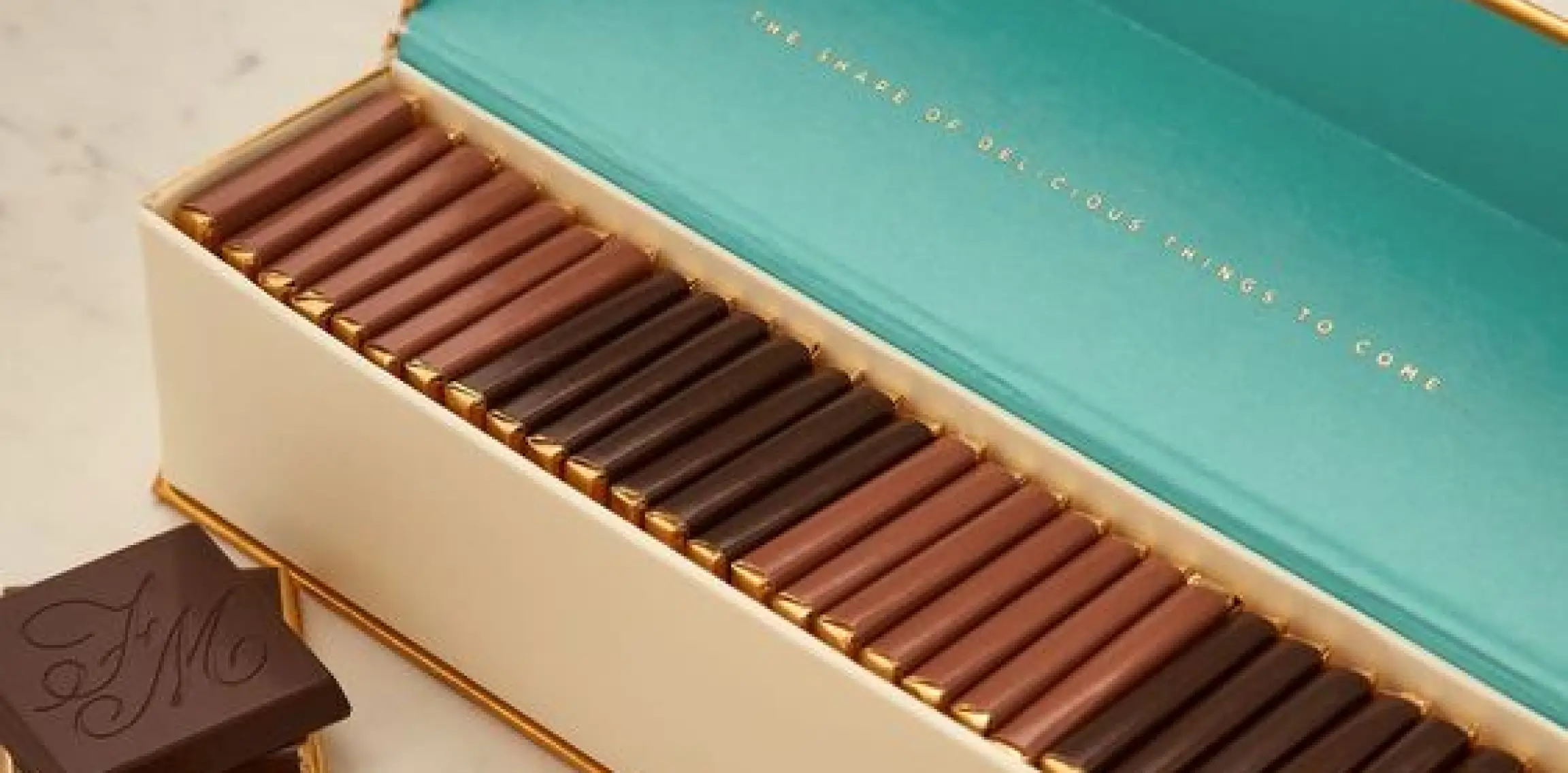
Limited Edition and Seasonal Packaging: Offer limited edition packaging for holidays and special occasions.
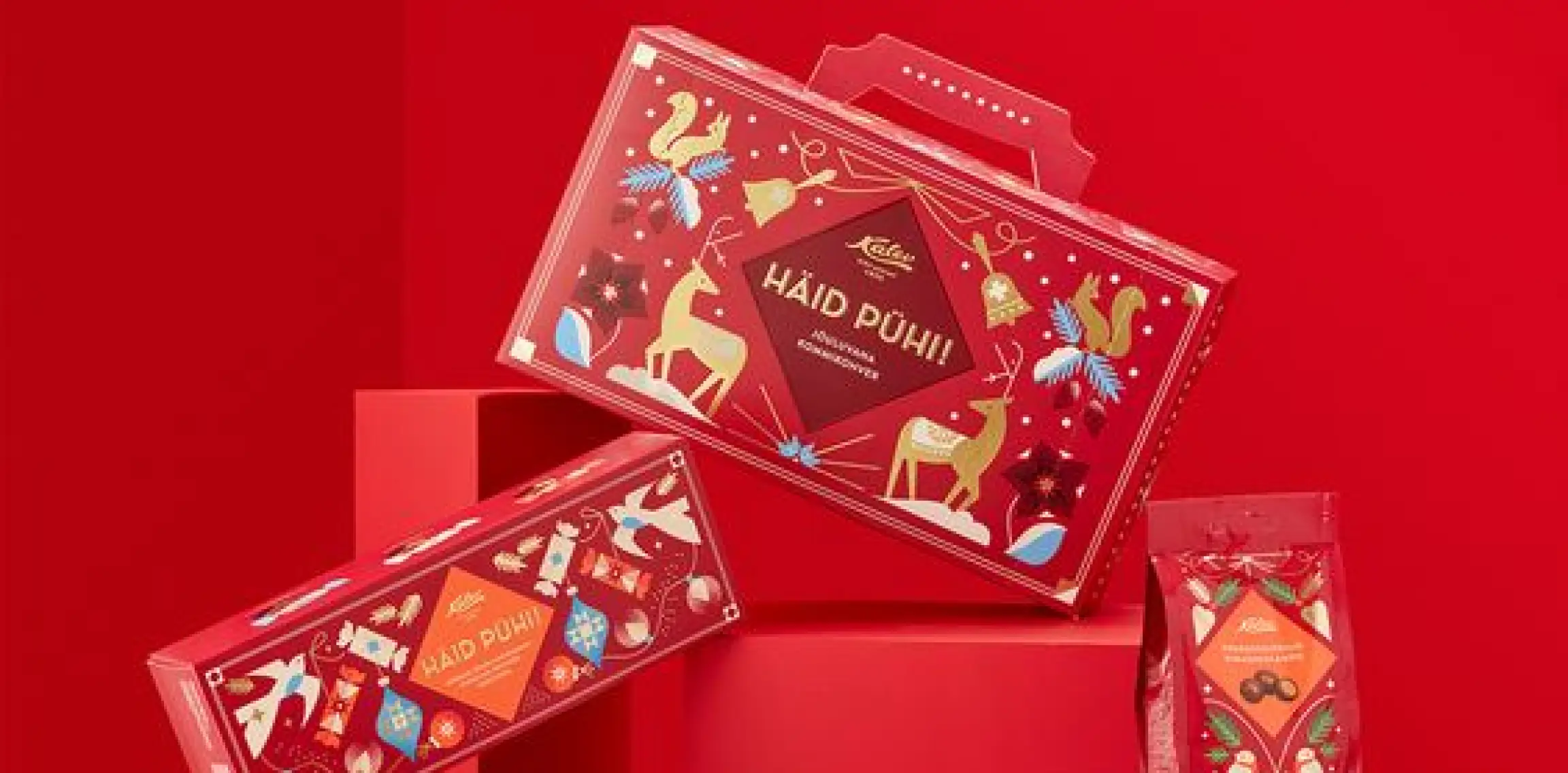
Interactive Packaging: Incorporate elements like QR codes, puzzles, or augmented reality to make the packaging interactive.
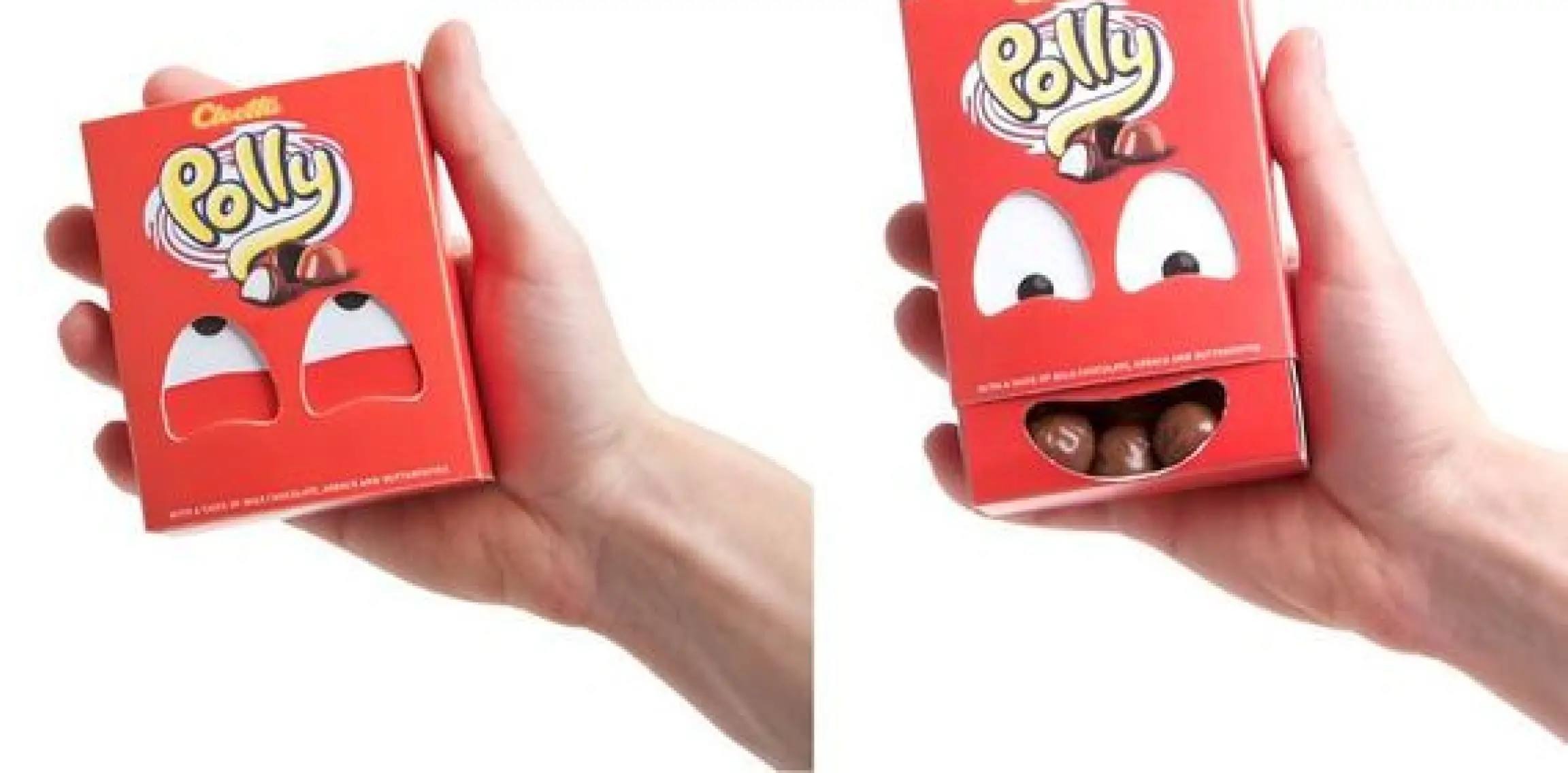
Story-Driven Packaging: Use packaging to tell the story of the chocolate’s origin, the brand’s history, or the production process.
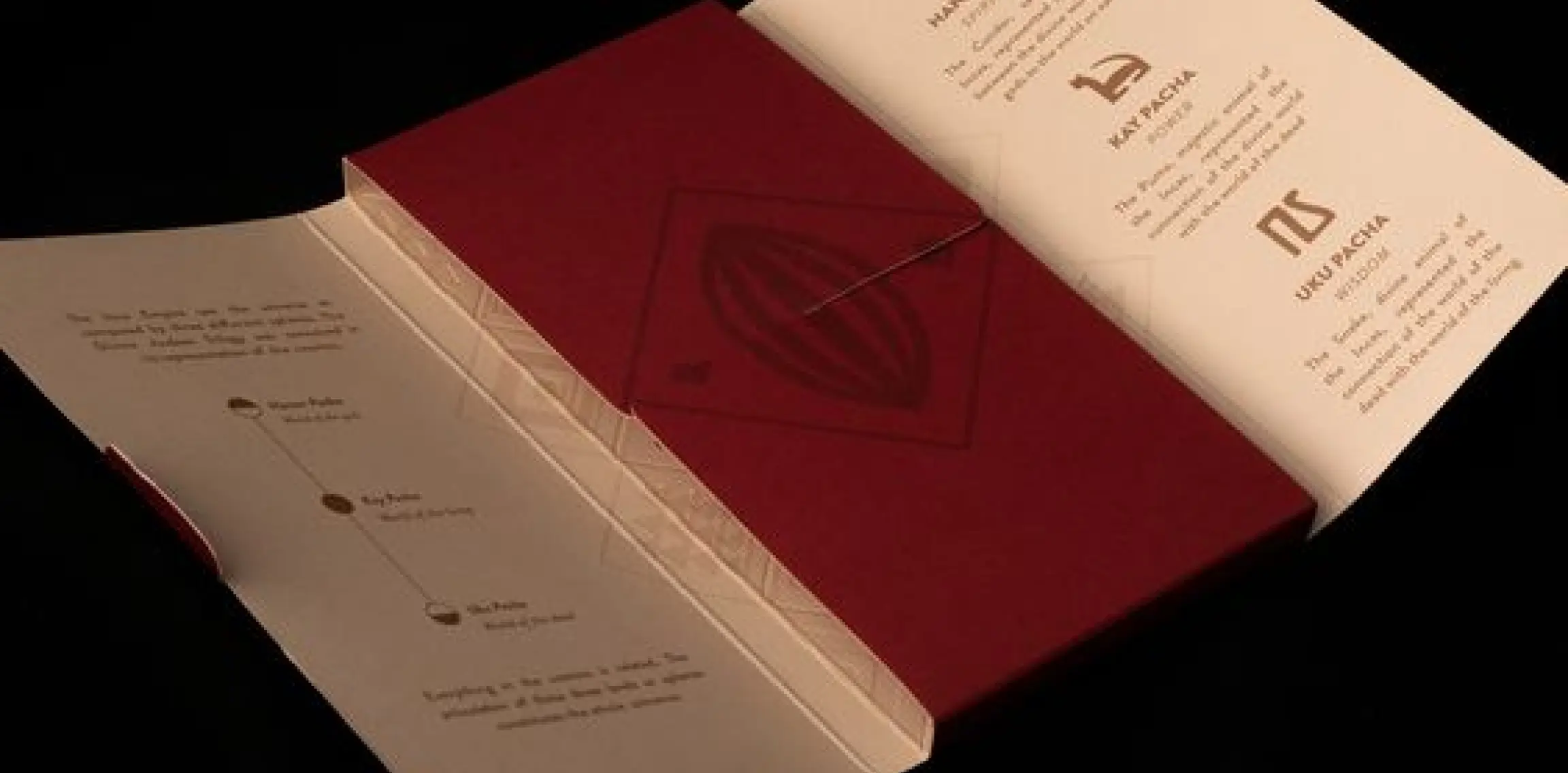
Textured and Tactile Elements: Incorporate different textures to create a tactile experience.
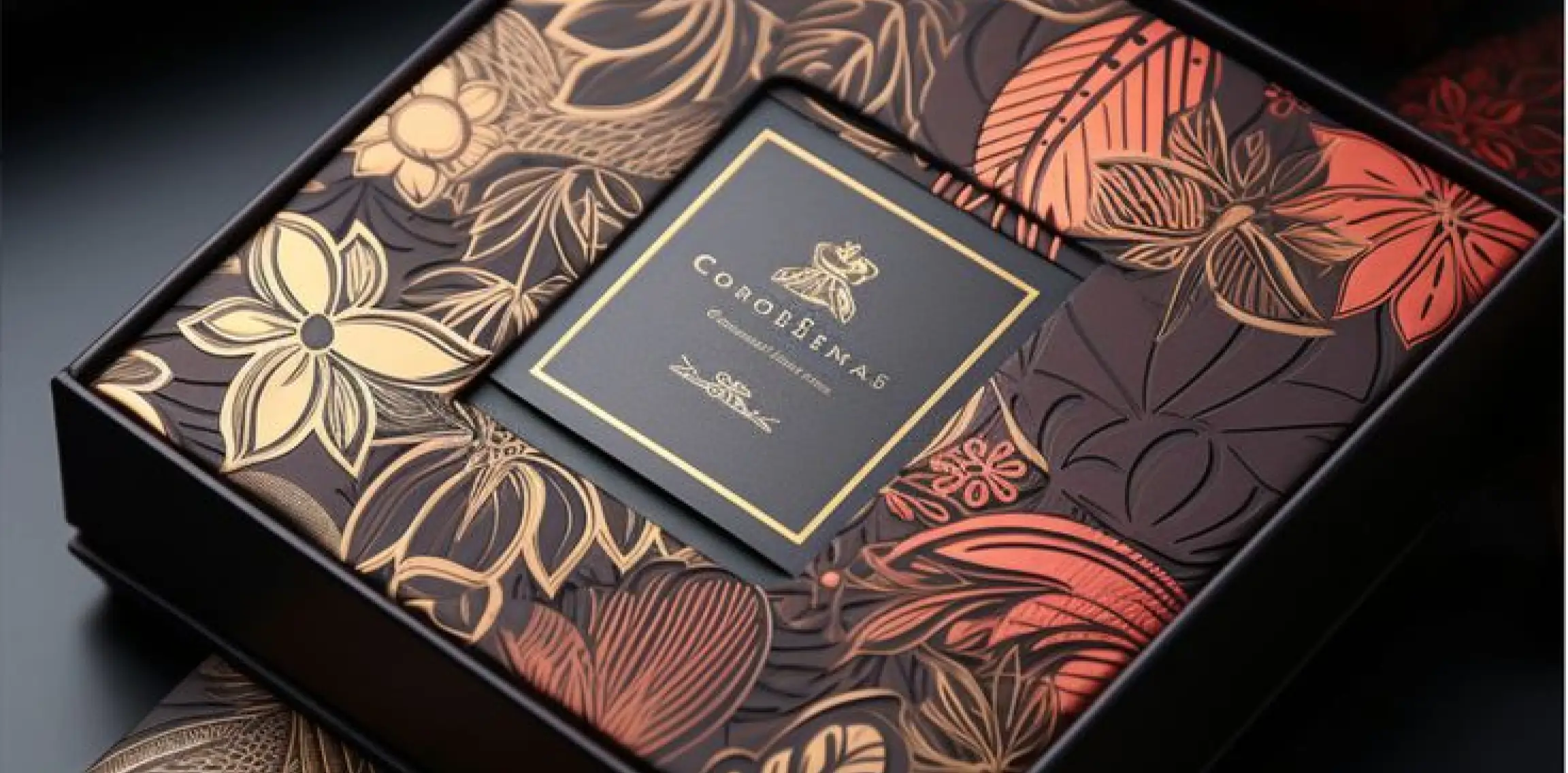
How Can I Improve My Chocolate Packaging?
Improving your chocolate packaging can significantly enhance your brand's appeal and customer experience. Here are some actionable tips to consider:
Enhance Visual Appeal
Bold Colours and Unique Fonts: Choose colours that stand out on the shelves and fonts that reflect your brand’s personality. For instance, a vibrant red can evoke passion and excitement, while elegant fonts convey luxury.
Compelling Imagery: Use high-quality images or illustrations that tell a story about your chocolate. Showcase ingredients, origin, or the craftsmanship behind your product.
Maintain Branding Consistency
Brand Colours and Logo Placement: Ensure your packaging consistently uses your brand colours and prominently displays your logo. Maintaining brand consistency with brand colours and logo placement helps with instant recognition.
Unified Design Language: To create a cohesive brand image, keep design elements like icons, borders, and typography consistent across all your packaging.
Use Sustainable Materials
Recycled Paper: Switching to recycled or FSC-certified paper for your boxes and wrappers will reduce your environmental impact and appeal to eco-conscious consumers.
Biodegradable Plastics: If using plastic, choose biodegradable options that decompose more quickly and are less harmful to the environment.
Customisation Options
Limited Edition Designs: Create seasonal or limited edition packaging to spark urgency and collectability—for example, a special Christmas edition with festive designs.
Personalised Messages: Customers can add personalised messages on the packaging for special occasions, which can be particularly effective for gifts.
By implementing these actionable steps, you can significantly improve your chocolate packaging, making it more appealing and better aligned with your brand’s values.
What Paper is Used for Chocolate Packaging?
Choosing the right paper for chocolate packaging is crucial for product protection and aesthetic appeal. Here are some commonly used types of paper and their benefits:
Wax Paper
Moisture Resistance: Wax paper is coated to prevent moisture from reaching the chocolate, maintaining its freshness.
Smooth Finish: Provides a sleek look and feel, enhancing the overall presentation of the chocolate.
Kraft Paper
Rustic Appeal: Kraft paper gives a natural, earthy look, perfect for brands emphasising organic or artisanal qualities.
Durability: Strong and tear-resistant, ensuring the chocolate stays protected during handling and transport.
Recycled Paper
Eco-Friendly: Using recycled paper aligns with sustainability goals and appeals to environmentally conscious consumers.
Customisation: Can be easily printed with various designs and colours, offering flexibility in branding.
FSC-Certified Paper
Sustainability Assurance: Paper from responsibly managed forests, ensuring environmental and social benefits.
High Quality: It is often available in various finishes, from matte to glossy, providing options for different brand aesthetics.
Examples of adequate paper packaging include luxurious boxes lined with wax paper for a premium feel or rustic kraft paper wraps for an artisanal touch. Recycled and FSC-certified paper are excellent choices for brands that emphasise their commitment to sustainability while maintaining high-quality presentation.
To Wrap Up
Innovative and unique chocolate packaging can elevate your brand and create a memorable customer experience. From minimalist designs to eco-friendly options, there are numerous ways to make your chocolate stand out. You can effectively differentiate your products in a competitive market by focusing on suitable materials, enhancing visual appeal, maintaining branding consistency, and offering customisation.
Creative packaging protects the product, tells a story, engages customers, and reflects your brand’s values. Explore these design ideas and implement the ones that best resonate with your brand’s identity and target audience.
Source:
https://uk.pinterest.com/pin/302726406220082455/
https://www.pinterest.co.uk/pin/432627107968540647/
https://www.pinterest.co.uk/pin/627759635581476189/
https://www.pinterest.co.uk/pin/284289795221364352/
https://www.pinterest.co.uk/pin/1066156911760884896/
https://www.pinterest.co.uk/pin/615585842837251913/
https://www.pinterest.co.uk/pin/464644886532140436/
https://www.pinterest.co.uk/pin/12314598972193893/
https://www.pinterest.co.uk/pin/56717276528683135/
https://www.pinterest.co.uk/pin/544654148656907055/
https://www.pinterest.co.uk/pin/820569994637024441/
https://www.pinterest.co.uk/pin/989243874389185247/
https://www.pinterest.co.uk/pin/101331060426611370/
https://www.pinterest.co.uk/pin/66639269479810736/
https://www.pinterest.co.uk/pin/814096070156275247/
https://uk.pinterest.com/pin/633387442508085/
